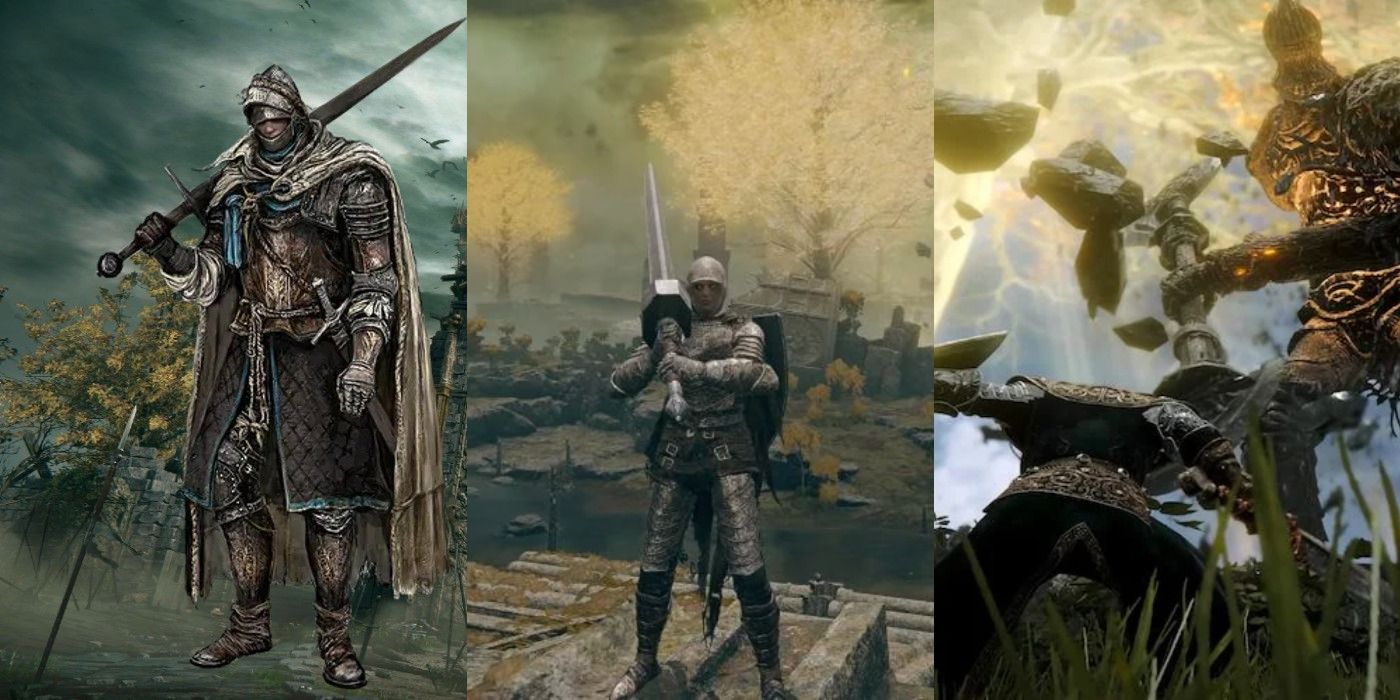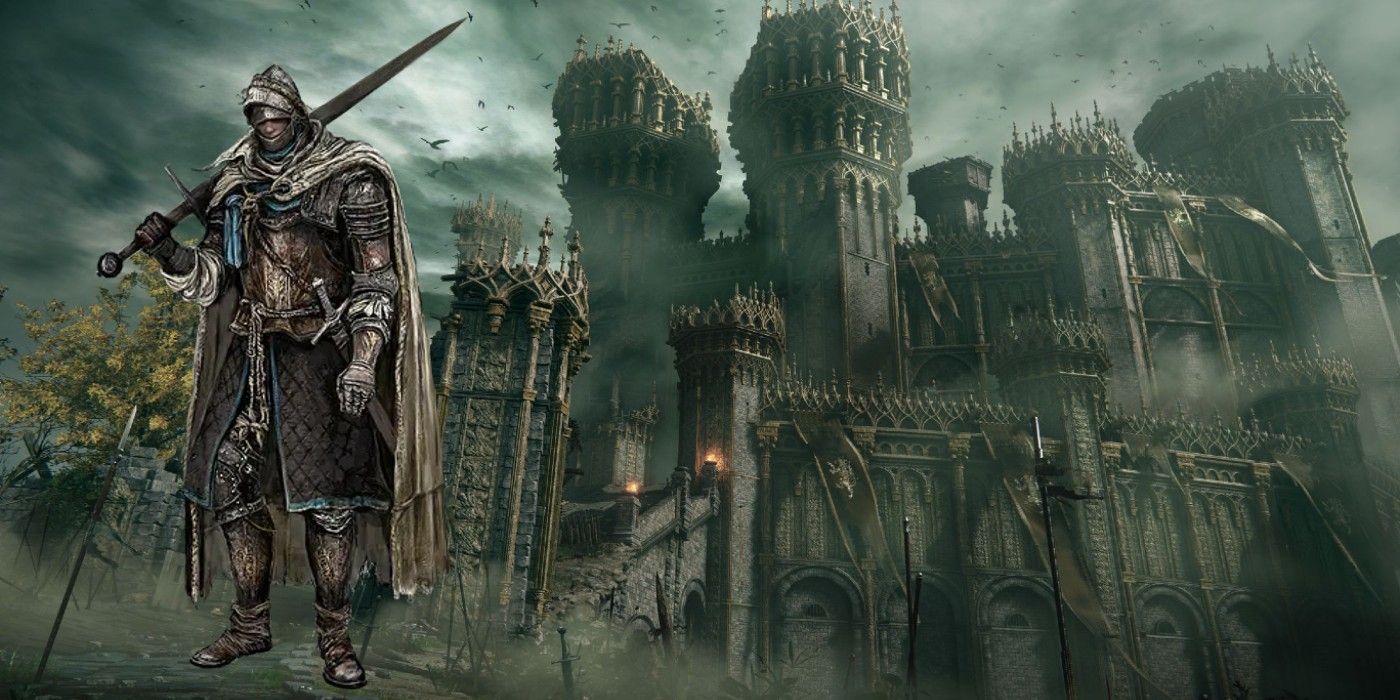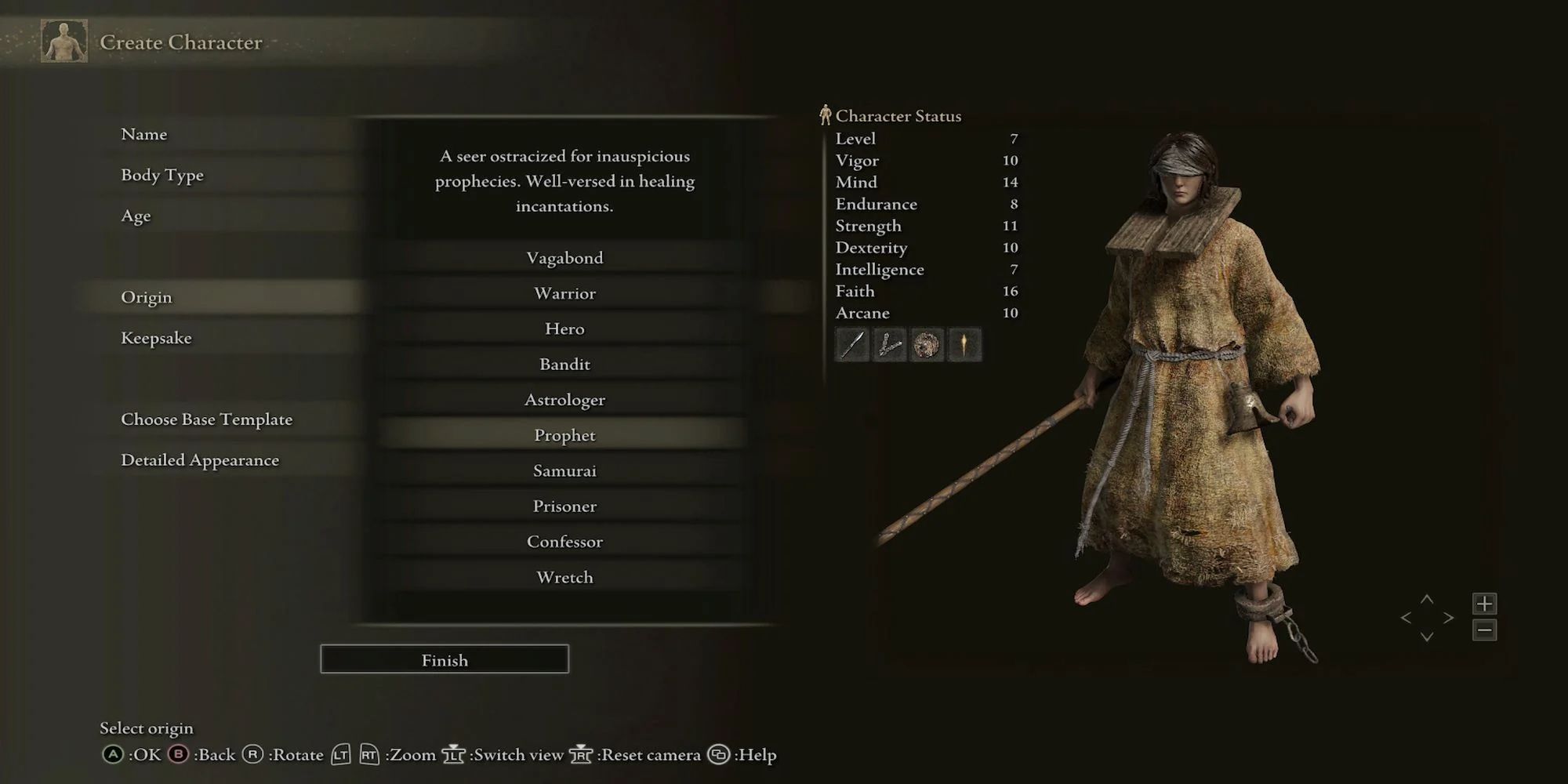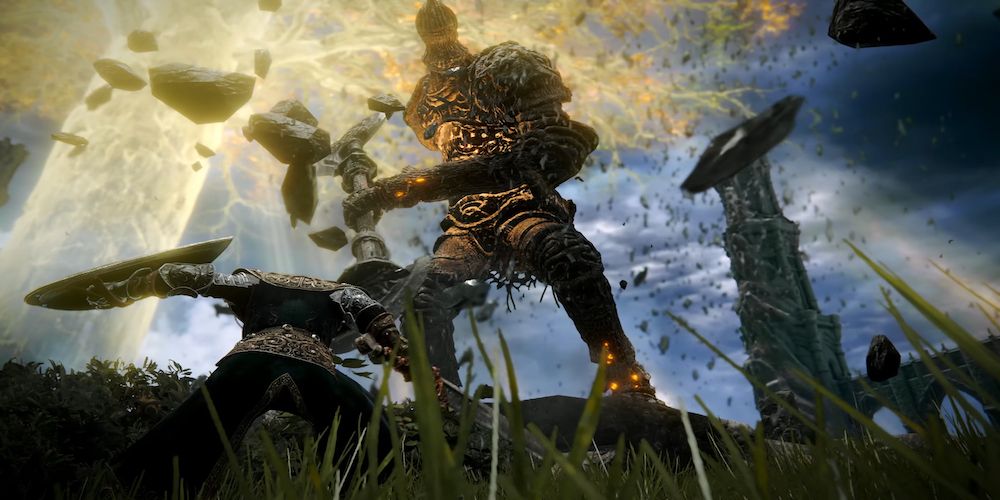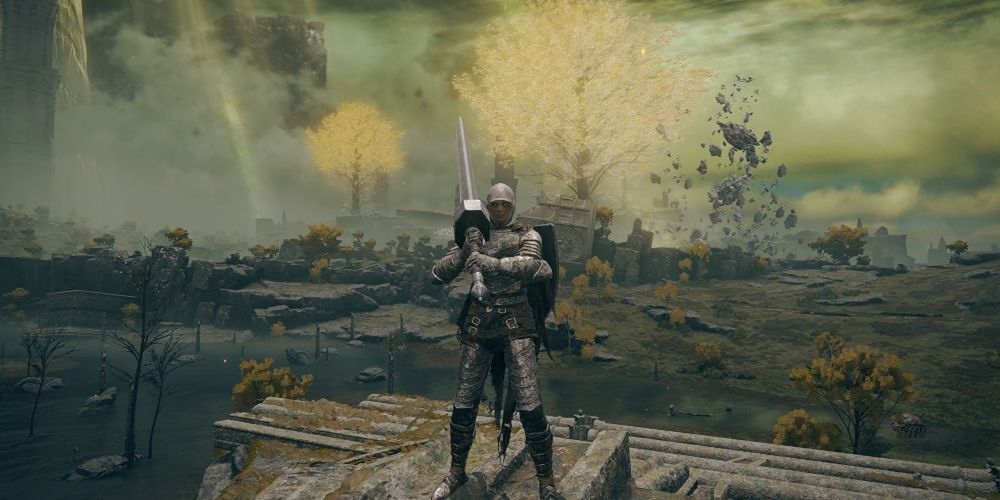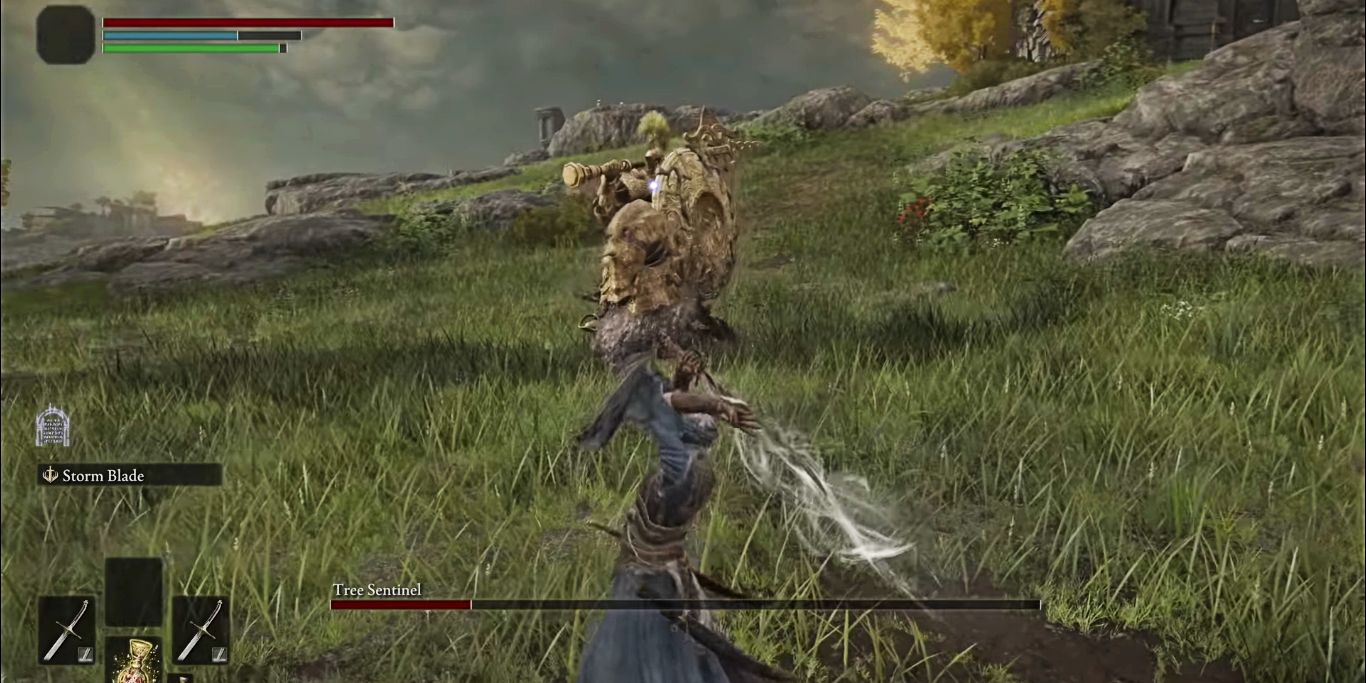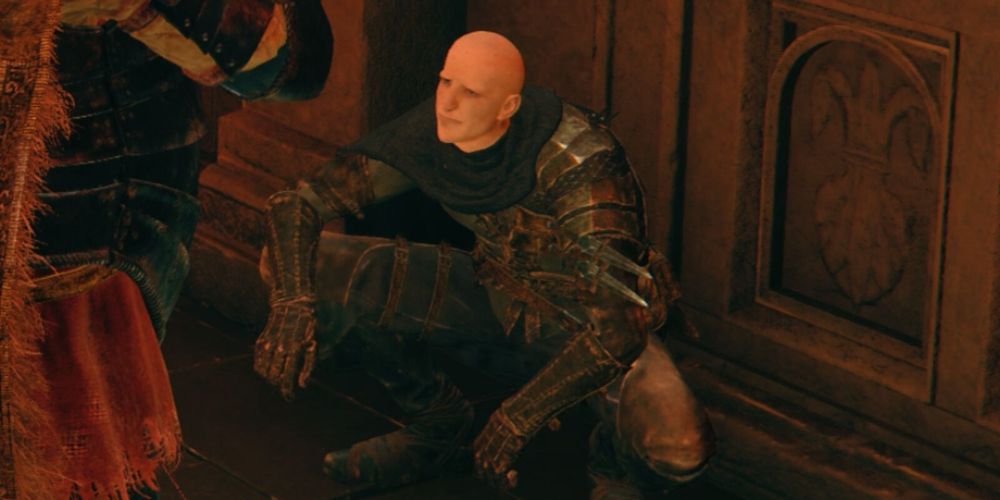Endurance is one of the statistics that can be directly improved in Elden Ring. As such, it figures heavily into many of the game's builds. While no builds at the top tiers of play are specifically known as endurance builds, popular builds — including God of Blood — rely on having an extensive pool of Stamina.
Stamina is built directly by putting levels into Endurance. The necessity of Endurance for all melee builds, and many magic builds makes the statistic all the more important for the Tarnished. For players looking to get the most out of Elden Ring's Endurance build, there are some valuable tips to keep in mind.
10 Read The Tier Lists
A critical ingredient to almost any smart build in Elden Ring is to understand that some builds have more potential than others. Endurance builds are like any other build in Elden Ring in terms of their potential for advancement. Endurance as an important stat is for virtually every build, to one extent or another.
Because it directly influences how long the player character can continue to attack, Endurance especially helps melee classes, like Warrior and Vagabond, that use it extensively. Spellcasting builds, which rely on Intelligence or Faith, tend to use less of it.
9 Know The Limits Of An Endurance Build
Pure endurance almost never wins fights in Elden Ring. Ultimately in a video game, players can only win by putting out more damage than the enemies they face, so while Endurance is a critical tool in the game, a pure Endurance build will almost certainly run out of room to improve and expand — forcing points into other stats.
Endurance partners well with Strength, Dexterity, Intelligence, and Faith builds as well, so having high endurance is never a waste in the game. It’s simply rare for it to become the highest priority.
8 Respect The Soft Caps
Each stat has soft caps, where points put into leveling the stat yield reduced returns. In Elden Ring, endurance receives soft caps at levels 12, 18, and 32. The harshest soft cap in the Endurance tree is at 50, where the previously bountiful improvements in endurance dwindle to a mere 1 point for every 3 levels put into the stat.
Endurance is hard capped at level 99, but current game theory suggests few builds will push endurance over level 40. Because the first three soft caps on Endurance only reverse the levels on which the character receives more endurance — rather than gaining less overtime — it’s a highly-efficient stat to build up as the player pushes to level 120.
7 Respect The Rhythm Of The Game
One thing every player in any Souls-like game must do is learn to respect the rhythms of the game. Strike, dodge, don’t get greedy. These are important skills for every Souls-like protagonist to understand.
Since a high Endurance increases the number of swings a player can take before needing to recharge, it’s tempting to get overly engaged in a high-endurance build. However, it’s entirely too easy to place too much reliance on the pool of Stamina — sometimes leading players to engage in battles they can't win.
6 Know What Your Primary Stats Are
Endurance is never a primary stat for a build. Because of this, knowing that Endurance is secondary means making sure that the primary stats receive first claim for the build’s levels. A One Cast Kill, Undead Paladin, or God of Blood build will all perform well with endurance.
Because Endurance is mostly a secondary stat, very few if any online guides will show how to build for Endurance as a primary. As a basis, it creates many powerful builds, however, and should always be considered.
5 Choose Your Playstyle Early
As in many games, making a build in Elden Ring is greatly enhanced if the player decides the Tarnished’s playstyle early on. Early levels can be spent increasing secondary statistics — like Vigor, Mind, and Endurance — while middle levels can be spent in specializing into the desired build.
In any video game, if a playstyle isn't actively selected early on, it will be chosen passively. Building Endurance is critical to any melee-focused playstyle. It should be one of the major considerations on level-up if a point has not been added in a few levels.
4 Look For Items That Improve Your Poise
Poise is an important complement to Endurance. A character who has high Poise can take damage without Staggering, allowing more of their Endurance to be used effectively. The invisible Poise HP bar can be improved by adding Endurance, and by wearing items.
As a rule, the Poise HP bar starts equal to the Tarnished’s Endurance score, so adding Endurance always improves Poise. Items like Armor, the Bull-Goat’s Talisman, and Endure, along with many sets give strong benefits to Poise and help the player power through weak damage without falling.
3 Endurance Boosts Equipment Load
The higher a character’s Endurance, the more Equipment they can load. This may confuse a new player who is used to games like Dungeons & Dragons, where encumbrance is mostly determined by a character’s Strength score.
In Elden Ring, equipment load is improved by boosting Endurance, rather than Strength or Vigor, and should be pursued as soon as possible maintain the ability to wear better equipment. Simply, better equipment in the game tends to be heavier. Wearing heavier equipment requires increased Endurance.
2 Pay Attention To Robustness
Robustness is another important defensive stat that keys off of Endurance. Like Poise, it’s an invisible hit point bar that determines how quickly the Tarnished succumbs to effects like diseases and hemorrhage. Like Equipment Load and Poise, any boosts that improve Endurance — including level-up boosts — will improve Robustness.
High-Endurance builds will also perforce be high-Robustness builds. Robustness, like Endurance and Poise, benefits from equipment and item sets. Items like the General Radahn Set and Lionel’s Set increase the robustness of the Tarnished, and help with any build that keys off of Endurance.
1 Patience Is Key
A little Endurance goes a long way. Most endgame builds use between 35 and 40 points in Endurance. Given this and the length of the game, players should invest a point in Endurance every few levels. By focusing on one of the primary stats, players will build a character in relatively little time.
Endurance isn't a primary stat in the way that Intelligence, Strength, and Dexterity are. While it never drives a build as a primary, it's a major component of many builds and should never be overlooked in a Tarnished’s construction. A lack of investment into Endurance in the early game will result in a lot of expense later on.

